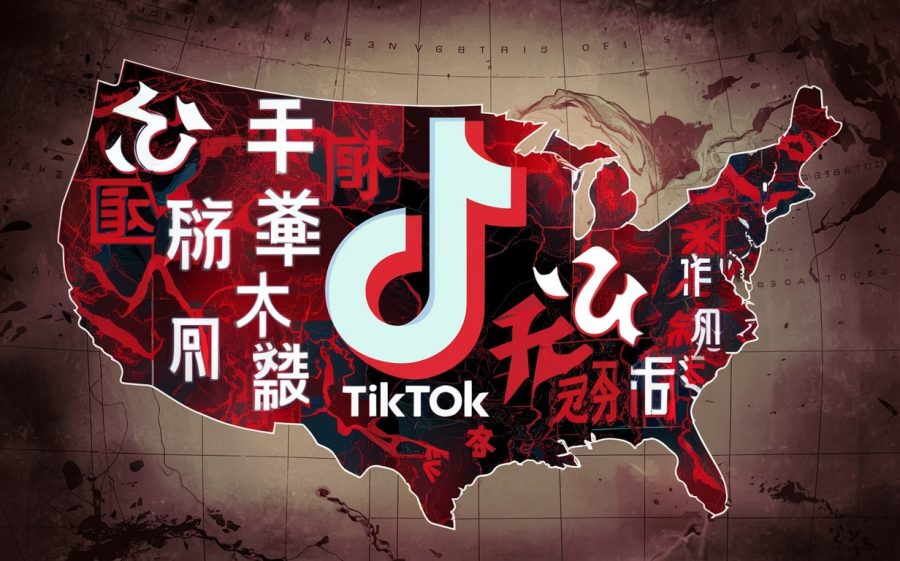Hey web DJ. Reach into your magic bag of search tools and pull out a big result – dripping with related ephemera born just moments ago. Those could hold the grain of information you’re really looking for, or they could sparkle with data that changes your course of action in unexpected ways.

Alert! Another factor has emerged, elsewhere on another site. You said you wanted to be told, right away, about any online artifacts that crossed a threshold of popularity within a certain group of people in your field. That has just occurred, so it’s time to watch the replay of how it got so hot, evaluate its usefulness and decide whether to bring this emergent phenomenon into the work you were doing before you were interrupted, drop the former for the latter or return to your original focus. How would you like this to be your job description? It could well be – if the red hot Real Time Web keeps showing up on sites all around the internet.
The Real Time Web is coming so fast we’ve hardly had any time to think about it yet. So let’s do that, shall we? The two hottest technologies online, Twitter and Facebook, are fast integrating real-time delivery of activity streams to their users. Paul Buchheit, the man who built the first versions of both Gmail and Adsense, says the real time web is going to be the next big thing. Buchheit’s FriendFeed is a key point of innovation in real time. Social media ping server Gnip promised to turn everything online into Instant Messaging-style XMPP feeds, and though that’s been put on hold in favor of more immediately clear value – we’ve still got our fingers crossed. Our investigation of companies like Bit.ly and OneRiot this morning turned up even more big news that’s right around the corner for the Real Time Web.
But what’s the point? What’s in it for us, as users? We offer below three models of value that we suspect will be found in the Real Time Web. They are the concepts that underly the vision described above at the top of this post. Those concepts are Ambiance, Automation and Emergence. This is just an initial exploration of ideas, reality will undoubtedly be more complicated shortly. We welcome your participation in thinking about this part of the fast-approaching future of the web.

Ambiance
The web is made up of web pages linked together, but hovering around many of those pages are now social media signals like blog posts, bookmarks, tweets and other URLs that refer to a page but aren’t visible when you’re looking at it. The same is true for concepts. Most of us use Google to find pages about things we’re looking for, but Google prioritizes historical inbound links and the text on pages.

In the above image you can see a custom search engine we use here at ReadWriteWeb, with Mark Carey’s Twitter on Google greasemonkey script running on top of it. If you want to know about streaming video, Forrester’s, Jeremiah Owyang, has a running list of vendors in the space (1) and that’s where you want to start – but wouldn’t you like to know about the very freshest (2) live streaming vendors on the market as well? That’s what people are talking about, in real time, on Twitter.
In our experience these Twitter augmented search results are valuable because they are up to the minute – but sometimes they are also just better.
Someday you’ll be able to discover Owyang’s list and be prompted to view the most recent, the most authoritative and the most “socially relevant to you” conversations about the same concept going on all around the web. People are working on all of that and as research-lovers we hope they succeed.
The point is that no matter what you’re doing on the web, there are valuable related activities going on elsewhere – probably simultaneously. Exposing those is exciting.
Automation
We probably should have started out with this, but what’s the most obviously valuable example of clear value in real-time information delivery in recent internet history? Blackberry and the push email!
We tend to assume that the real time web is something we’ll be looking at constantly, because it’s constantly bringing up new information. That doesn’t have to be the case, though. The real time web could very well just do its thing and notify us, in real time, of important events. Thresholds crossed. Simple changes made.
For example, when the already controversial Google Chrome Terms of Service were changed again last December, I got an SMS sent to my phone notifying me that it had been changed. I was able to jump online, grab a screenshot of the changes from the application that was monitoring the document and report on the change before anyone else.

I certainly wasn’t watching for the change. A robot was doing that for me and let me know about the change in near real time. It was pretty awesome, but it wasn’t real time and the services I patched together to do it are all marginal enough that they often don’t work or are very late. Put real time at the center of the web and we’ll be able to automate all kinds of information monitoring. At first it will be a competitive advantage for those who use it strategically; then it will just change the game, become standard practice and require competitive knowledge workers to come up with something else that’s new.
Emergence
One of the things that will be good to automate is the emergence of hot topics. Generally or regarding specific concepts or keywords.

In the above screen, for example, Postrank has discovered that a Google Blogsearch search result about Oregon State University has received two comments and one inbound link. That’s an unusually high amount of activity lately on that topic, Postrank says. Imagine real time link-shortener clickthrough stats being taken into consideration as well. Imagine real time notification of the fact that this threshold has been crossed. That sounds like valuable information delivery to have automated, doesn’t it?
We watch a number of kinds of feeds like this. We’re subscribed to a feed of videos shared on FriendFeed and “liked” by 2 or more of my friends, for example.
Of course this will work much better if people continue to publish, comment, link and click online more than they are. The more total signal there is the more granular and meaningful our thresholds for automatic notification can be. It also depends on all these technologies getting meaningful development support. The last generation of advanced services like this, a long list of RSS based apps, did not, and so they have withered on the vine. This real time wave has money and enthusiasm behind it, though, so hopefully it will be able to fulfill its potential.
Make no mistake about it – people really are interested this time. Tweetmeme, a groundbreaking new service focused on many of the very same things discussed above, has already been talked about enough to have more than 220k results appear in a Google search for its name. That’s four times as many as Zaptxt and fifteen times as many Pingie, two of the best consumer level RSS to IM/SMS services, and they’ve been online for years.
Ambiance, Automation and Emergence. Those are three forms of value I can see emerging from the Real Time Web. Please share your thoughts in the comments section below. The better we understand these kinds of tools, the more effective we’ll be able to be at using them. The strategies above are just hacked together Web 2.0 stuff, but it works pretty well. The world is changing, the tools at our disposal will soon be different and that will have unpredicatable consequences. Add real time to the semantic web and social/machine learning hybrid technologies and the future of the web is likely to be unrecognizable.
Maybe this is all obvious and I’m the only one who thinks it’s really super exciting – but I don’t think so. I’ve been tempted to keep these kinds of strategies and practices that we’re working on here at ReadWriteWeb quiet, lest our competiors make use of them and erode any competitive advantage our particular strategies might offer us. (We’re sure they’ve got similar methods themselves.) There are certainly some research methods we’ve developed that we don’t discuss, but generally speaking – the world is a whole lot bigger than a handful of tech blogs that at the highest level get a few million unique visitors each month. (What real time strategies are you developing that are like TechCrunch, BusinessInsider, Venturebeat, Gigaom, in order to get a piece of the media landscape still dominated by the last century’s giants?) Social web technologies, including this emerging field of Real Time, are disrupting a whole lot of the world and all of us focused on them have a common interest in advancing the craft of using them. That’s especially true among people for whom social good is important, as well as profit.
So let’s all reach into our magic bags of search tools together and pull out big results – dripping with sparkling ephemera born just moments ago.
Title image “Street Magic” Creative Commons by Flickr user a_whisper_of_unremitting_ demand. Note, if you’re a developer interested in helping RWW build the next generation of real time research tools, the turntable for our DJs, email marshall [at] readwriteweb.com subject line “real time magic”.









